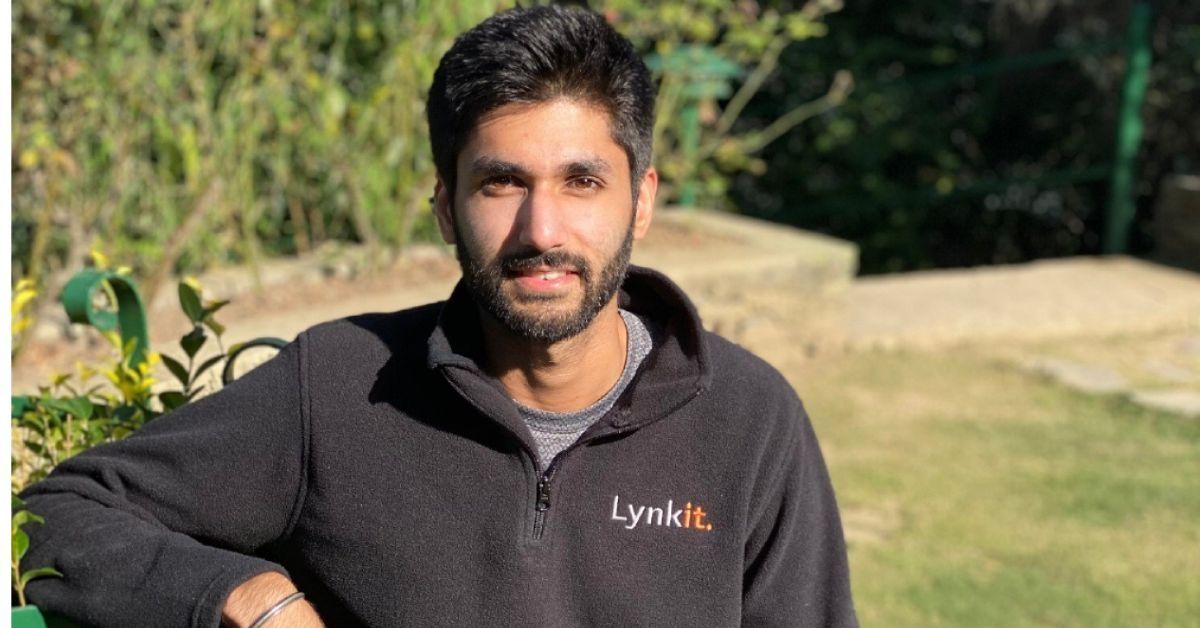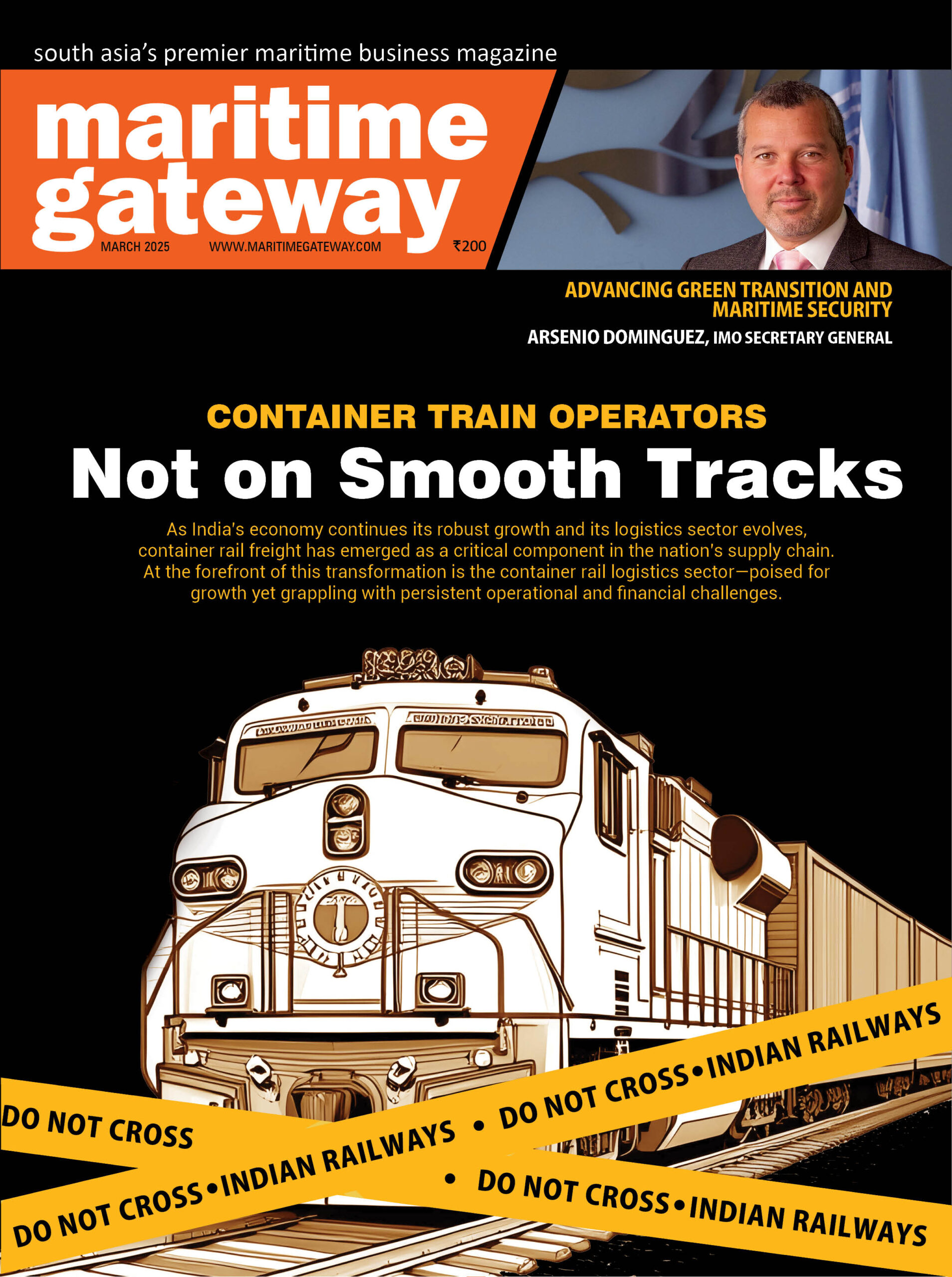Lynkit offers technology for “lynking” different legs of the supply chain to create higher efficiencies and visibility that is eventually what brings down the costs, shares Uddhav Kumar, Chief Executive Officer, Lynkit
How was Lynkit established? How has been the journey over the years? Any major milestones you would like to share?
Lynkit was established in 2017, with the vision of having a full suite of products for the supply chain industry. We of course had to start somewhere. We started with white labeling RFID and GNSS solutions for tracking of cargo, containers and trucks. We now have 6 products that together serve 4000 + companies and 100,000 daily users. For us its been milestone after milestone. Most recently we have been proudest to have launched our container location port automation system which was launched as CFS Landmark, at Mundra Port. This was the last leg of the supply chain that we wanted to digitize. We believe it can greatly help in bringing the logistics cost down at Indian ports which is approximately 3 to 4x of the global average right now.
You offer technology solutions for tracking containers. How is the demand for container tracking solutions in India? What is the size of this market?
The demand for “container tracking” in India is still small. India is a very price conscious market. Tracking of containers is especially difficult; they are portable boxes with no power source. Either you have to track the trailer which is carrying that container, or attach a portable tracker device on the container. The latter will lead to complications of return logistics or reader infrastructure at the ports, but that is what we specialise in and thus have been able to make a good market out of this problem statement.
How is the market for container tracking technology in India – is it nascent or mature? Is the market fragmented with too many players? How is the competition? What are the factors that drive the competition?
Container tracking needs to be looked at in 3 legs; first mile and last mile, which is done via road or rail; secondly, tracking the container with the ports or depots; and lastly when its on the vessel. According to a customer survey we did, the maximum amount of people actually care about container tracking within the terminal. Our product, Lynkgrid does just this. From recording gate in, to all movements of the container within the terminal including all processes such as stuffing, destuffing, and examination. The container supply chain is extremely complex with a lot of stakeholders involved. This product was recently launched at a CFS in Mundra Port. Simple tracking of the cargo does not cut it, you need to work with a company that understands logistics as much as the technology. Our edge comes from the fact that we have multiple products and technologies which come together to provide visibility from one factory, all the way to the loading of the vessel. We even offer the facility of onboarding your importers and their agents who can interact with the application. This allows us to give visibility up to the destination, regardless of which country it is being exported to.
In the current market scenario major shipping lines are offering integrated end-to-end solutions delivering containers at the doorstep. They are also using Block chain and similar high-end technologies for tracking containers throughout the journey. How do you position yourself in this market scenario?
We work directly with the liners. We don’t view them as competitors, but instead as partners. Liners want to focus on their core businesses, they won’t ever get into IoT device manufacturing etc. More importantly the digitisation of liners does not cover the entire supply chain. Automation and visibility required during road or rail logistics, port operations etc, are again out of their purview. Here they prefer to work with companies like ours who can provide them with the tools to get visibility.
What are the current requirements of the e-commerce industry with respect to logistics and supply chain management? What solutions does Lynkit offer?
We have 3 products for the e-commerce market; a hard-core export logistics product where we are providing first and last mile services, clearance services and warehousing under PikMyBox. You would re-call we even partnered with ICICI bank to create India’s first electronic bank realisation certificate for e-commerce exporters. Through PikMyBox, we have exported over 3 million shipments to 165 countries.
Our other 2 products enable ecommerce players to be more competitive and digital. We have a warehouse management system which gives them a better way to be able to manage their inventory, dispatches and stock. Lastly, we have Lynktrac which is used to better manage routes, dispatches, driver allocation and vehicle KYC. We offer both devices and the platform to our customers which range from portable to fixed devices depending on the use cases. Our products today are being used by Delhivery, Blue Dart, Flipkart and other large players in the e-commerce space.
Logistics cost and time management are major concerns. How are you helping to minimise the logistics cost and time? Would you like to share any implementation examples?
High logistics costs in India is an immense opportunity for players like us. Our products have a core focus on bringing the cost down. There has always been a huge focus on tracking assets, vehicles and containers from point A to B in order to find gaps and increase efficiency. However this is only a small part of logistics. To actually bring costs down you have to digitise every part; this means warehousing and storage, vendor onboarding and Kyc, contract management and freight invoicing etc. Secondly you also need to have all these systems linked and integrated to be able to better analyse data points to find inefficiencies. Our company has been built on these two pillars – “lynking” different legs of the supply chain via our 5 different products to create higher efficiencies. That is eventually what brings down the costs. This is why we are trusted by over 4000 companies which include shipping liners and terminal operators like CMA CGM, manufacturers like Samsung and LG, transporters like Mahindra Logistics as well as e-commerce giants like flipkart. We are practically serving ever sector.







